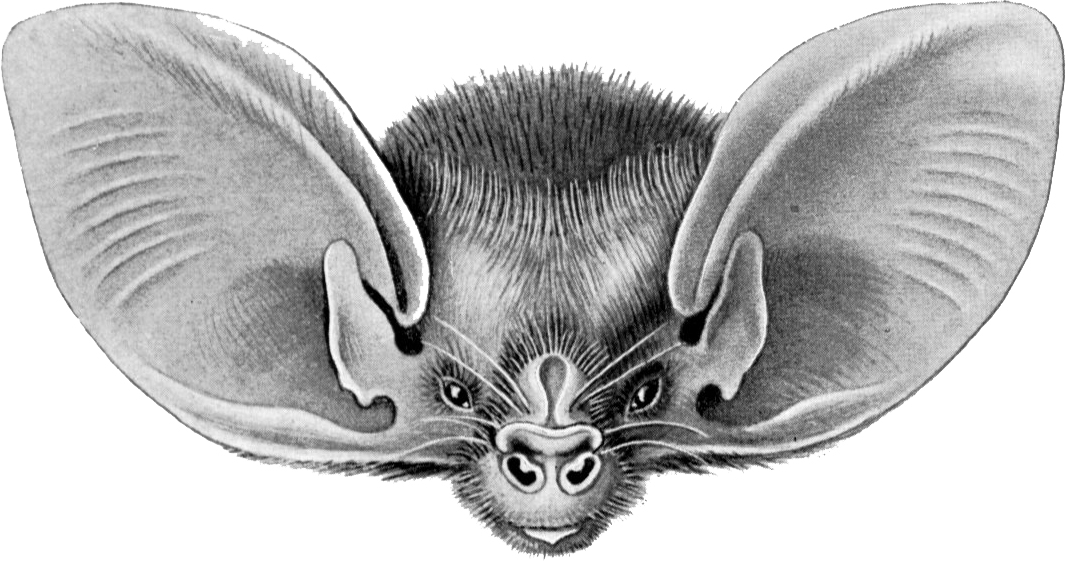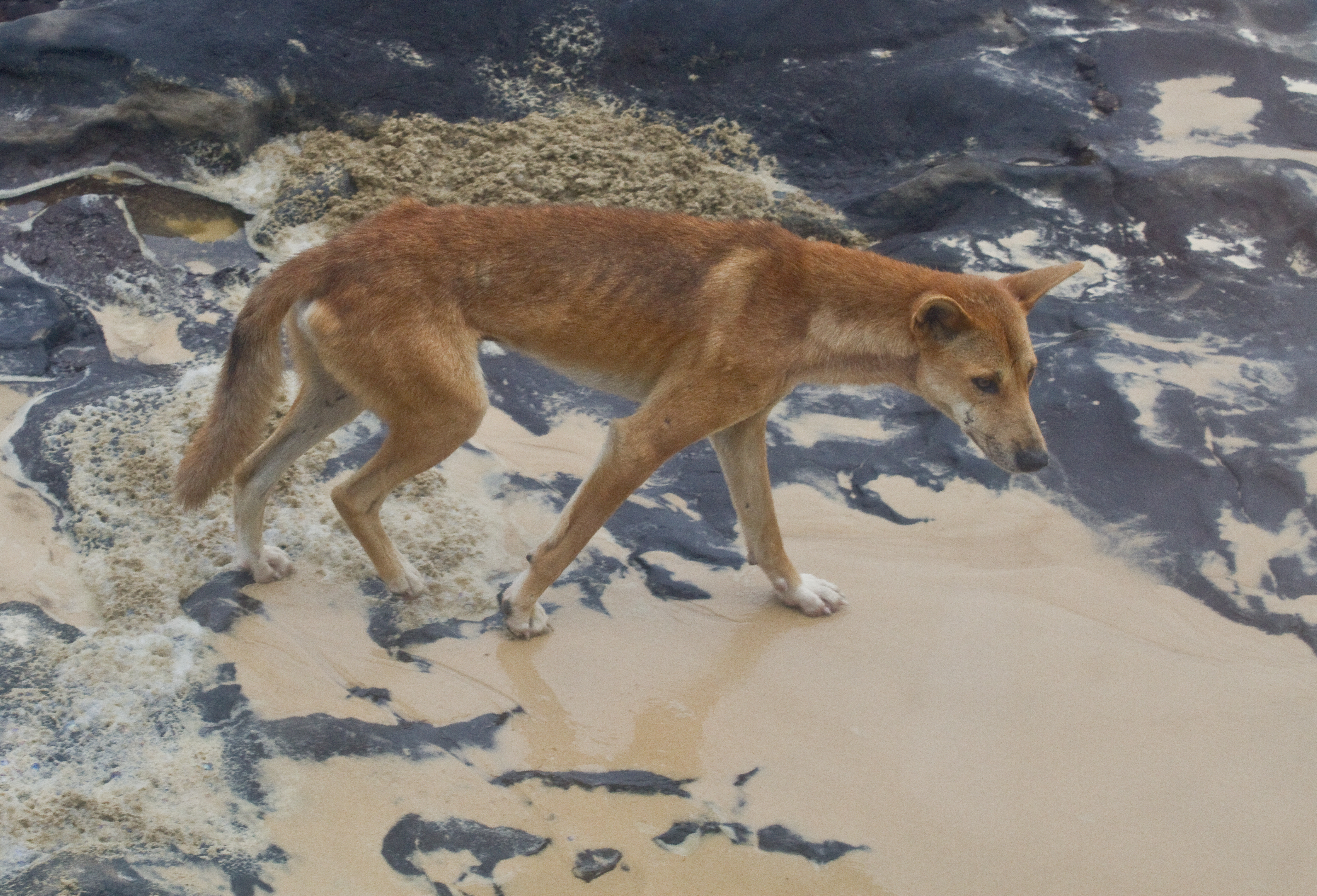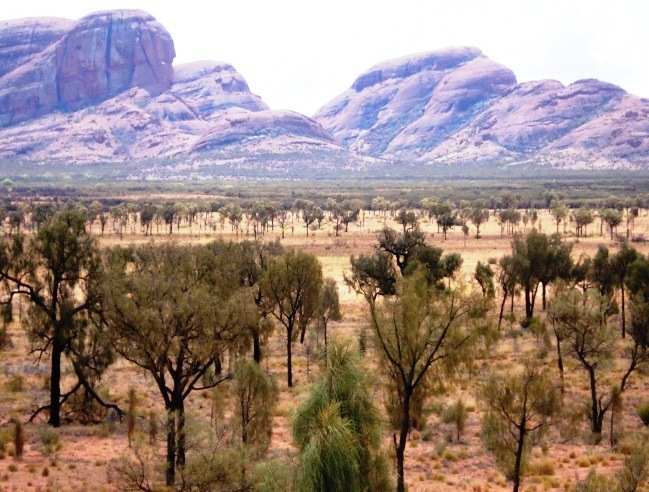|
Rainbow Valley Conservation Reserve
Rainbow Valley Conservation Reserve is a protected area located south of Alice Springs, Northern Territory in Australia. The reserve was established in 1990 to protect the unique sandstone formations and the Aboriginal art, artifacts and sacred natural objects within an area of around a large sandstone bluff. The sandstone layers in the main formation resemble the coloured stripes of a rainbow, with the red-orange hues of sandstone that is rich with iron creating a strong contrast with the lighter shaded sandstone that turns pale yellow or gold in the late day sun as it shines on the northwest-facing cliffs. Rainbow Valley's main sandstone formation is known as ''Wurre'' by the local Aboriginals, the Twertentyeye group of Upper Southern Arrernte people, and is a significant part of their homeland which they call ''Imarnte''. Since 2008, the area has been jointly managed by the Twertentyeye and the Parks and Wildlife Commission of the Northern Territory (PWCNT) and is the first ... [...More Info...] [...Related Items...] OR: [Wikipedia] [Google] [Baidu] |
Aranda People
The Arrernte () people, sometimes referred to as the Aranda, Arunta or Arrarnta, are a group of Aboriginal Australian peoples who live in the Arrernte lands, at ''Mparntwe'' (Alice Springs) and surrounding areas of the Central Australia region of the Northern Territory. Many still speak one of the various Arrernte dialects. Some Arrernte live in other areas far from their homeland, including the major Australian cities and overseas. Arrernte mythology and spirituality focuses on the landscape and The Dreaming. Altjira is the creator being of the Inapertwa that became all living creatures. Tjurunga are objects of religious significance. The Arrernte Council is the representative and administrative body for the Arrernte Lands and is part of the Central Land Council. Tourism is important to the economy of Alice Springs and surrounding communities. Arrernte languages "Aranda" is a simplified, Australian English approximation of the traditional pronunciation of the name of ... [...More Info...] [...Related Items...] OR: [Wikipedia] [Google] [Baidu] |
Triodia (grass)
''Triodia'' is a large genus of hummock-forming bunchgrass endemic to Australia. They are known by the common name spinifex, although they are not a part of the coastal genus '' Spinifex''. Many of the soft-leaved members of this species were formerly included in the genus ''Plectrachne''. It is known as ''tjanpi'' in central Australia, and is used for basket weaving by the women of various Aboriginal Australian peoples. A multiaccess key (SpiKey) is available as a free application for identifying the ''Triodia'' of the Pilbara (28 species and one hybrid). Description ''Triodia'' is a perennial Australian tussock grass that grows in arid regions. Its leaves (30–40 centimetres long) are subulate ( awl-shaped, with a tapering point). The leaf tips, that are high in silica, can break off in the skin, leading to infections. Uses Spinifex has traditionally had many uses for Aboriginal Australians. The seeds were collected and ground to make seedcakes. Spinifex resin was ... [...More Info...] [...Related Items...] OR: [Wikipedia] [Google] [Baidu] |
White-winged Fairywren
The white-winged fairywren (''Malurus leucopterus'') is a species of passerine bird in the Australasian wren family, Maluridae. It lives in the drier parts of Central Australia; from central Queensland and South Australia across to Western Australia. Like other fairywrens, this species displays marked sexual dimorphism and one or more males of a social group grow brightly coloured plumage during the breeding season. The female is sandy-brown with light-blue tail feathers; it is smaller than the male, which, in breeding plumage, has a bright-blue body, black bill, and white wings. Younger sexually mature males are almost indistinguishable from females and are often the breeding males. In spring and summer, a troop of white-winged fairywrens has a brightly coloured older male accompanied by small, inconspicuous brown birds, many of which are also male. Three subspecies are recognised. Apart from the mainland subspecies, one is found on Dirk Hartog Island, and another on Barrow Isla ... [...More Info...] [...Related Items...] OR: [Wikipedia] [Google] [Baidu] |
Grevillea
''Grevillea'', commonly known as spider flowers, is a genus of about 360 species of evergreen flowering plants in the family Proteaceae. Plants in the genus ''Grevillea'' are shrubs, rarely trees, with the leaves arranged alternately along the branches, the flowers zygomorphic, arranged in racemes at the ends of branchlets, and the fruit a follicle that splits down one side only, releasing one or two seeds. Description Plants in the genus ''Grevillea'' are shrubs, rarely small trees with simple or compound leaves arranged alternately along the branchlets. The flowers are zygomorphic and typically arranged in pairs along a sometimes branched raceme at the ends of branchlets. The flowers are bisexual, usually with four tepals in a single whorl. There are four stamens and the gynoecium has a single carpel. The fruit is a thin-walled follicle that splits down only one side, releasing one or two seeds before the next growing season. Taxonomy The genus ''Grevillea'' was first forma ... [...More Info...] [...Related Items...] OR: [Wikipedia] [Google] [Baidu] |
Honeyeater
The honeyeaters are a large and diverse family (biology), family, Meliphagidae, of small to medium-sized birds. The family includes the Epthianura, Australian chats, myzomelas, friarbirds, wattlebirds, Manorina, miners and melidectes. They are most common in Australia and New Guinea, and found also in New Zealand, the Pacific islands as far east as Samoa and Tonga, and the islands to the north and west of New Guinea known as Wallacea. Bali, on the other side of the Wallace Line, has a single species. In total there are List of honeyeaters, 186 species in 55 genus, genera, roughly half of them native to Australia, many of the remainder occupying New Guinea. With their closest relatives, the Maluridae (Australian fairy-wrens), Pardalotidae (pardalotes), and Acanthizidae (thornbills, Australian warblers, scrubwrens, etc.), they comprise the superfamily Meliphagoidea and originated early in the evolutionary history of the oscine passerine radiation. Although honeyeaters look and beh ... [...More Info...] [...Related Items...] OR: [Wikipedia] [Google] [Baidu] |
Lesser Long-eared Bat
''Nyctophilus geoffroyi'' is a vespertilionid bat, a flying nocturnal mammal found in Australia, The species is relatively common. They have been referred to as the lesser long-eared bat. Taxonomy It is the type species of genus ''Nyctophilus''. Molecular data indicate Vespertilionidae, the family to which the lesser long-eared bat belongs, diverged from the family Molossidae (free-tailed bats) in the early Eocene period. The family is thought to have originated somewhere in Laurasia, possibly North America. The genus ''Nyctophilus'' itself has a limited fossil record, dating back only to the Pleistocene, the species is referenced in the material found in deposits. Australian Museum The species was recognised by Oldfield Thomas in his examinations of the genus, and indicated the diversity by three subspecies, * ' ... [...More Info...] [...Related Items...] OR: [Wikipedia] [Google] [Baidu] |
Gould's Wattled Bat
Gould's wattled bat (''Chalinolobus gouldii'') is a species of Australian wattled bat named after the English naturalist John Gould.Chruszcz, Bryan & Barclay, M. R. (2002)''Mammalian Species'' Chalinolobus gouldii The American Society of Mammalogists. (pdf) Description ''C. gouldii'' is the largest of the genus ''Chalinolobus'', a group distinguished by fleshy lobes located at the corners of its mouth. For individuals throughout their range, the average length (head and body) is 70 ± 5 mm and average mass is 14 ± 4 g. Distribution and habitat ''C. gouldii'' is known throughout mainland Australia (excluding northern Cape York Peninsula and Nullarbor Plain) as well as Tasmania, New Caledonia, and Norfolk Island. ''C. gouldii'' is found in a variety of habitats. In wooded areas, they are mostly arboreal, though they have also been found in the stumps and hollow limbs of trees or in bird nests. They may also inhabit urban settings, such as the ceilings and basements o ... [...More Info...] [...Related Items...] OR: [Wikipedia] [Google] [Baidu] |
Honeypot Ant
Honeypot ants, also called honey ants, are ants which have specialised workers (repletes, plerergates, or rotunds) that are gorged with food to the point that their abdomens swell enormously. Other ants then extract nourishment from them, through the process of trophallaxis. They function as living larders. Honeypot ants belong to any of several genera, including ''Myrmecocystus'' and '' Camponotus''. They were first documented in 1881 by Henry C. McCook, and described further in 1908 by William Morton Wheeler. Behaviour Many insects, notably honey bees and some wasps, collect and store liquid for use at a later date. However, these insects store their food within their nest or in combs. Honey ants are unique in using their own bodies as living storage, used later by their fellow ants when food is otherwise scarce. When the liquid stored inside a honeypot ant is needed, the worker ants stroke the antennae of the honeypot ant, causing the honeypot ant to regurgitate the stored liq ... [...More Info...] [...Related Items...] OR: [Wikipedia] [Google] [Baidu] |
Dingo
The dingo (''Canis familiaris'', ''Canis familiaris dingo'', ''Canis dingo'', or ''Canis lupus dingo'') is an ancient (Basal (phylogenetics), basal) lineage of dog found in Australia (continent), Australia. Its taxonomic classification is debated as indicated by the variety of scientific names presently applied in different publications. It is variously considered a form of domestic dog not warranting recognition as a subspecies, a subspecies of dog or wolf, or a full species in its own right. The dingo is a medium-sized Canis, canine that possesses a lean, hardy body adapted for speed, agility, and stamina. The dingo's three main coat colourations are light ginger or tan, black and tan, or creamy white. The skull is wedge-shaped and appears large in proportion to the body. The dingo is closely related to the New Guinea singing dog: their lineage split early from the lineage that led to today's domestic dogs, and can be traced back through the Maritime Southeast Asia to Asia. ... [...More Info...] [...Related Items...] OR: [Wikipedia] [Google] [Baidu] |
Environment Protection And Biodiversity Conservation Act 1999
The ''Environment Protection and Biodiversity Conservation Act 1999'' (Cth) is an Act of the Parliament of Australia that provides a framework for protection of the Australian environment, including its biodiversity and its natural and culturally significant places. Enacted on 17 July 2000, it established a range of processes to help protect and promote the recovery of threatened species and ecological communities, and preserve significant places from decline. The Act is administered by the Department of Agriculture, Water and the Environment. Lists of threatened species are drawn up under the Act, and these lists, the primary reference to threatened species in Australia, are available online through the Species Profile and Threats Database (SPRAT). As an Act of the Australian Parliament, it relies for its constitutional validity upon the legislative powers of the Parliament granted by the Australian Constitution, and key provisions of the Act are largely based on a number ... [...More Info...] [...Related Items...] OR: [Wikipedia] [Google] [Baidu] |
Eremophila (plant)
''Eremophila'' is a genus of more than 260 species of plants in the figwort family, Scrophulariaceae all of which are endemic to mainland Australia. (One species, '' Eremophila debilis'' is thought to be a recent arrival in New Zealand). Eremophilas are widespread in the arid areas of Australia, especially Western Australia and range in size from low-growing shrubs to small trees. The petals are joined, at least at their bases, into a tube with the upper petals different in size and shape from the lower ones. Some species have common names including emu bush, poverty bush or fuchsia bush, reflecting the belief that emus eat the fruit, their arid environment or a superficial resemblance to the flowers of plants in the genus ''Fuchsia''. Description Eremophilas vary in size and habit from low, prostrate shrubs such as '' E. serpens'' to small trees in the case of '' E. bignoniiflora''. Leaf size and shape is also variable but the leaves are usually small and are often shiny or ... [...More Info...] [...Related Items...] OR: [Wikipedia] [Google] [Baidu] |
Allocasuarina Decaisneana
''Allocasuarina decaisneana'' or desert oak is a medium-sized, slow-growing tree found in the dry desert regions of the Northern Territory, South Australia and Western Australia. The Anangu peoples know the tree as kurkara. Description The dioecious tree typically grows to a height of and as high as . and a width of . Young trees have a narrow trunk and form< and grey/green feathery foliage. They mature to an adult form with spreading limbs and bushy foliage. It is the only member of its family in and its large cylindrical cones are the biggest in its family. The trees have a cork-like bark that is deeply furrowed and is known to protect the trees from fire. Instead of leaves the tree has long segmented branchlets, known as [...More Info...] [...Related Items...] OR: [Wikipedia] [Google] [Baidu] |





.jpg)


